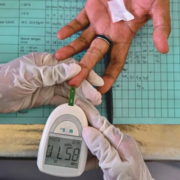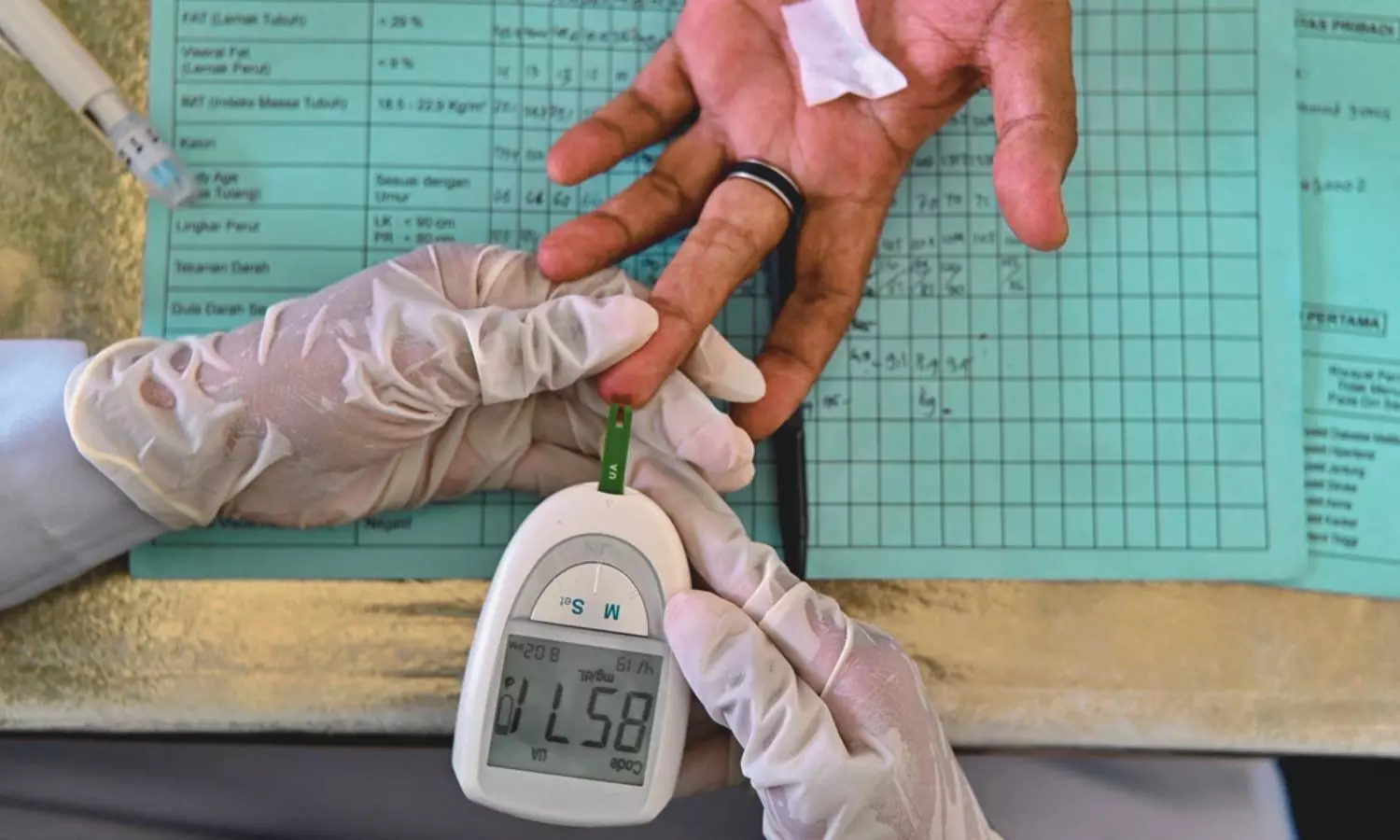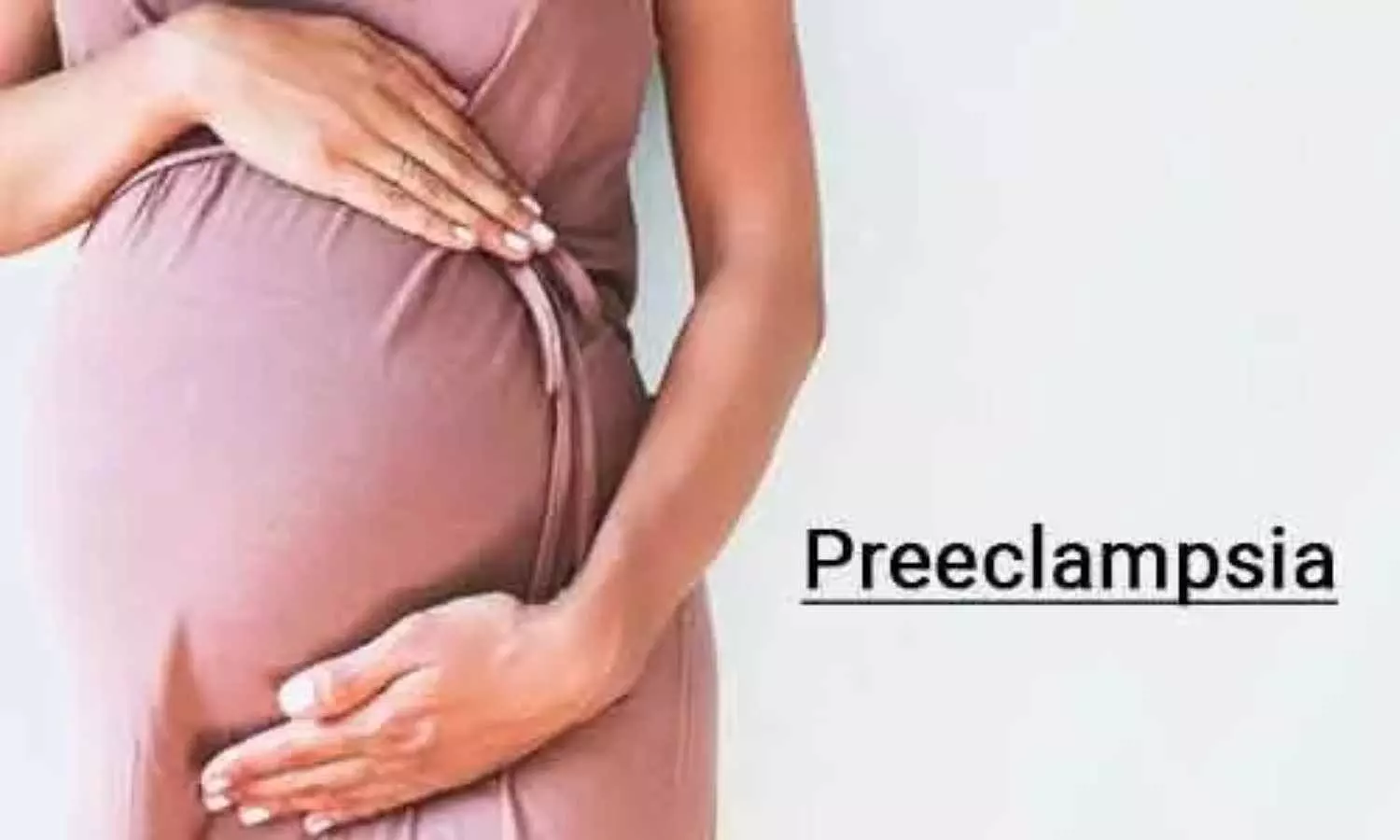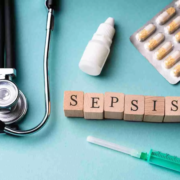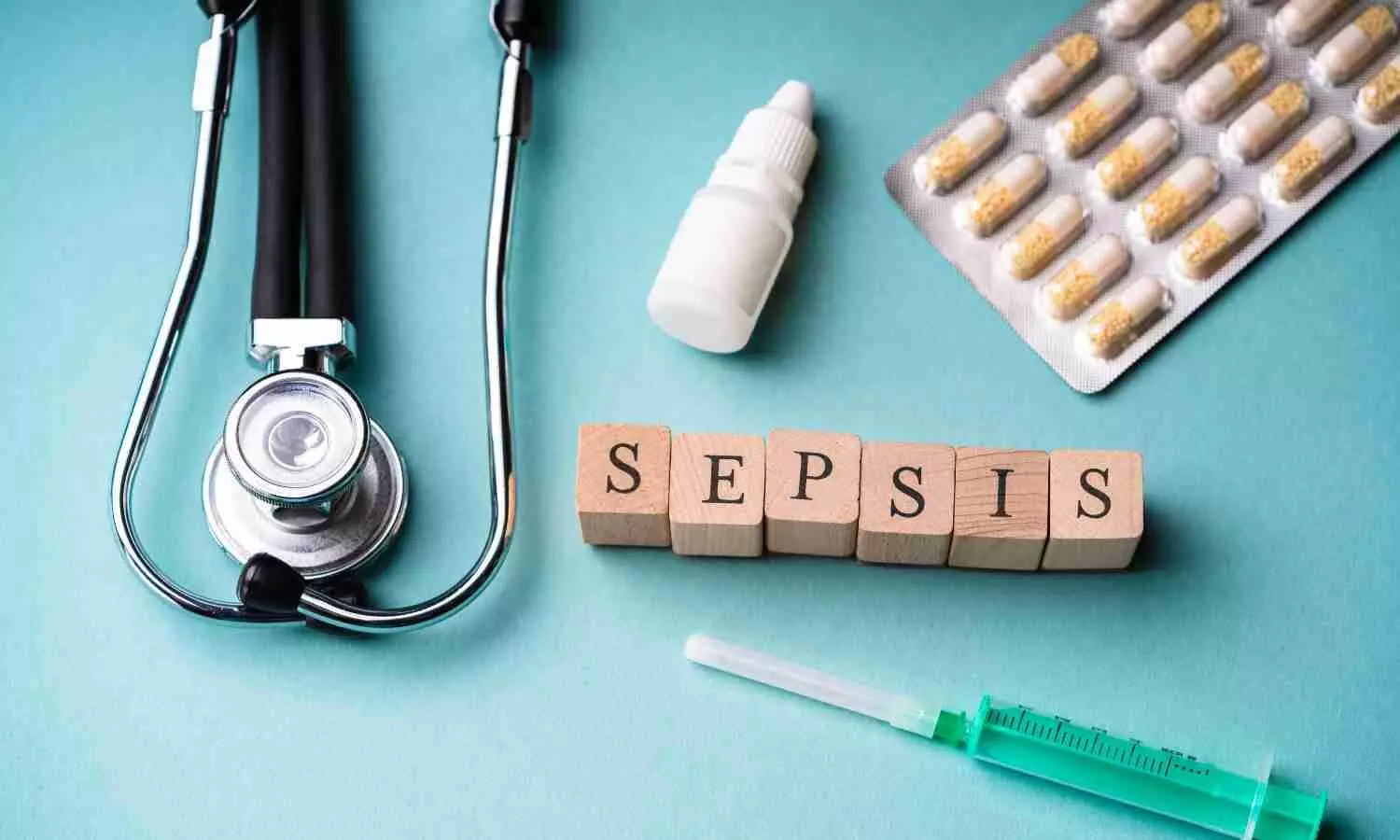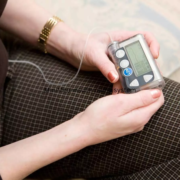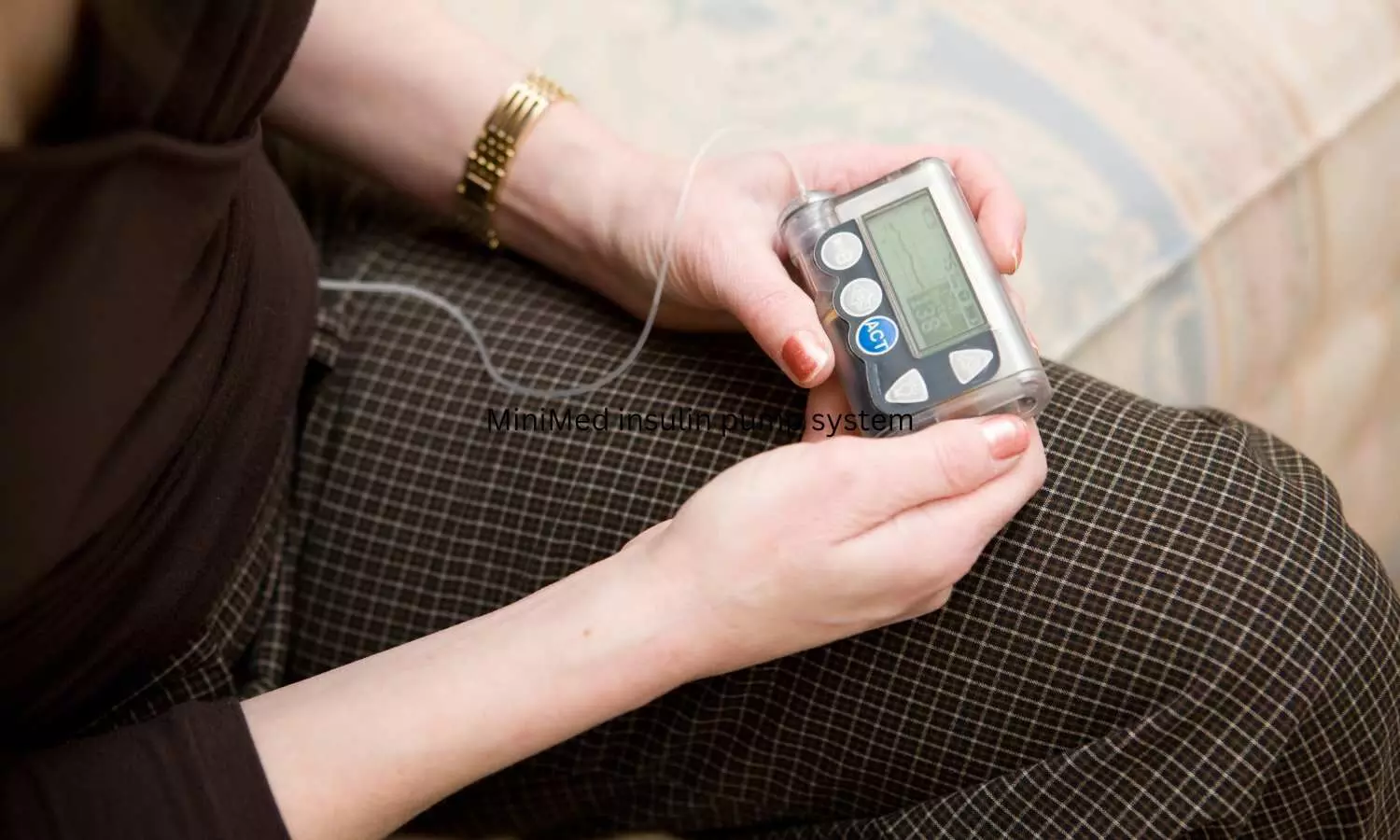ELIGIBILITY
All the candidates who have been listed in the Result will be eligible to participate in the 1st and 2nd Round of the Online Seat Allocation, except rank of OBC/EWS candidates lower than the cut-off rank of UR who failed to produce a valid category certificate.
PROCEDURE
1 The eligible candidates will have to Login themselves to the PG Online Seat Allocation portal. The link for the portal will be activated only for eligible candidates in the MyPage and password may be reset by click on “Forgot Password” button and also an email containing link for the online seat allocation Portal and login credentials (Login ID and Password) will be sent to the registered email address of the eligible candidates. To retrieve the login credentials, click on the Forgot your login details button on the Registration/login Page.
2 The PG Online Seat Allocation portal will allow candidates to make choices of seats (a combination of Institute and subject/speciality) as per his/her eligibility. The candidate can arrange the choices in the desired order of preference. There is no limitation on the number of choices (Institute & Subject/Speciality) that can be made by the candidates. The choices can be edited and reordered within the date and time specified in the Important Dates link in the Portal.
3 Kindly note that the choices cannot be edited and reordered after the closing date of exercising of Choice of the 1st Round of seat allocation. The allocation of the 2nd Round will be done as per the choices made by the candidates during the exercise of the Choice of the 1st Round of seat allocation.
4 The Portal will remain open on dates specified in the Important Dates link in the Portal. The choices made by the candidate will be locked either by the candidate OR will be automatically locked on the last Date and Time as specified in the Important Dates link in the Portal.
5 A Mock Seat Allocation will be done prior to the 1st Round of Seat Allocation (not a final allocation). The mock seat allocation represents the likely seat that a candidate may be allocated as per choices made by the candidate. The result of the mock round seat allocation will be announced as per the date specified in the Important Dates link. The candidate can register/edit/reorder their choices before the closing dates of choices for the 1st Round as per the Important Dates link in the Portal.
6 Those who will not login during exercising of choices (Institute and subject/speciality) for First Round their order of choice will be considered as per choices made during Mock Round.
UPPER AGE LIMIT
1 NIMHANS, Bengaluru (As on 1st July 2025): The age validation for Courses of NIMHANS under INI-CET for July 2025 session
For MD Psychiatry Course-
1 General/Unreserved Category’- 32 Years (Candidates Born on or after 01.07.1993 are eligible).
2 ‘OBC Category’- 35 Years (Candidates Born on or after 01.07.1990 are eligible).
3 ‘SC/ST/PWBD Category’-37 Years (Candidates Born on or after 01.07.1988 are eligible).
4 ‘Sponsored Category’- 45 Years (Candidates Born on or after 01.07.1980 are eligible).
DM (Neurology), M.Ch. Neurosurgery (Post MBBS category) Course & MD Physical Medicine & Rehabilitation- 32 Years (Candidates Born on or after 01.07.1993 are eligible).
2 SCTIMST Trivandrum (As on 1 st July 2025): The age validation for Courses of SCTIMST under INI-CET for July 2025 session-
i General/Unreserved/ EWS/Foreign National category- 40 Years (candidates Born on or after 01.07.1985 are eligible).
ii SC/ST/ Ex-service personnel/PwBD – 45 Years (Candidates Born on or after 01.07.1980 are eligible).
iii OBC – 43 Years (Candidates Born on or after 01.07.1982 are eligible).
iv Sponsored– 50 Years (Candidates Born on or after 01.07.1975 are eligible).
INSTITUTE PREFERENCE
1 AIIMS New Delhi & other AIIMS- The allocation of Institute preferences will be done as per Roster Point Allocation for Counselling (Dynamic) which will be announced separately.
2 JIPMER, Puducherry: Allocation of Institute preference for JIPMER Puducherry candidates, seats shall be done as per Roster Point (Dynamic).
3 NIMHANS, Bengaluru: No seat available for Institute Preference.
4 PGIMER, Chandigarh: No seat available for Institute Preference.
5 SCTIMST, Trivandrum: No seat available for Institute Preference.
FOREIGN NATIONAL CANDIDATES
The seat allocation will be done in order of merit and according to choices made by the candidates.
1 The candidates will be eligible to exercise of choice only as per Subject/ Institute those are filled in the online registration form.
2 All allocation of Foreign National candidates will be done on the basis of as per Subject/Institute filled in the online registration for July 2025 session.
3 Only one best Subject/Speciality and Institute available at that rank will be allocated during online seat allocation.
4 The process of admission will be done as per procedure available for other candidates.
SPONSORED CANDIDATES
1 The seat allocation will be done in order of merit and according to choices made by the candidates.
2 In case any discrepancy found in online data with Sponsorship certificate valid information as in Sponsorship certificate will be accepted as per eligibility criteria.
3 The candidates are eligible to exercise of choice only as per Subject/ Institute those are available in the Sponsorship Certificate.
4 In case, the NOC has been received in place of Sponsorship certificate, the seat allocation will be done as per subject/Institute available in the online registration.
5 If the subject is not mentioned against the candidate name in the Sponsorship certificate, no allocation will be done for that institute.
6 If the subject is not mentioned against the candidate name in the Sponsorship certificate, but subject is available in the online registration, the candidate can make exercising of choices as per subject available in the online registration.
7 All allocation of Sponsored candidates will be done on the basis of Subject/Institute available in the Sponsorship Certificate/online registration for July 2025 session.
8 Only one best Subject/Speciality and Institute available at that rank will be allocated during online seat allocation.
9 The process of admission will be done as per procedure available for other candidates.
ONLINE PG SEAT ALLOCATION PROCESS
Only the eligible candidates will be able to exercise their choices (Institute and subject/speciality) for online PG Seat allocation except rank of OBC/EWS candidates lower than the cut off rank of UR who failed to produce valid category certificate.
The eligible candidates will have to Login themselves on PG Online Seat Allocation portal. The link for the portal will be activated only for eligible candidates in the MyPage and password may be reset by click on “Forgot Password” button and also an email containing link for the online seat allocation Portal and login credentials (Login ID and Password) will be sent to the registered email address of the eligible candidates.
To retrieve the login credentials, click on the Forgot your login details button in the Registration/login Page.
REGISTRATION FOR THE ONLINE PG SEAT ALLOCATION PROCESS
An email containing link for the online seat allocation Portal and login credentials (Login ID and Password) will be sent to the registered email address of the eligible candidates. Further candidate can also login through their MyPage on clicking the link for online seat allocation, the eligible candidates will be directed to online PG Seat allocation portal where the candidates will have to login by click on “Forgot Password” button for online seat allocation. This password is only to access the online PG Seat allocation portal.
The candidate will be able to login to the online PG Seat allocation portal and begin the process of making choices (Institute and subject/speciality) and order the choices. The online PG Seat allocation portal will be remained open for date and time specified in the Important Dates link.
MAKING CHOICES
The choices can only be made after you have registered and logged in using the new password for this portal. On logging in, confirm your name and candidate ID. Click on Make Choice button to proceed to exercise choices (Institute and subject/speciality) and their order. To add a choice, choose the Institute and the subject/speciality from the two separate drop-down menus and Click Add choice. To remove a choice, click on Delete button against that Choice (Institute and subject/speciality). Click on the Save button to save the choices of Institute and subject/speciality and their order.
The default order of your choices (Institute and subject/speciality) will be the order in which you add choice (Institute and subject/speciality). To reorder your choices, use up and down arrows OR Drag and Drop the choice (Institute and subject/speciality) to appropriate position in the list.
Candidates can make choices (Institute and subject/speciality), edit or reorder them as many times they wish UNLESS they have already submitted and locked the choices (Institute and subject/speciality) OR last date and time 1 st Round is over. The candidate must save the choices (Institute and subject/speciality) in case they wish to add/delete/reorder them at a later time point (before the last date and time for 1 st Round).
SUBMITTING AND LOCKING CHOICES
The candidate should click on the Submit and Lock Choices tab and tick the check box ‘I accept the declaration’ and click on the submit and Lock choices (Institute and subject/speciality). Note that it will be prompted twice to reconsider and after it have been submitted and locked the choices (Institute and subject/speciality), it cannot change it for further Rounds.
In case the candidate has made and saved choices but could not submit and Lock choices, the last saved choices (Institute and subject/speciality) and their order will be automatically considered as submitted and locked choices (Institute and subject/speciality).
VIEWING AND PRINTING THE CHOICES AFTER SUBMISSION
The candidate can view the choices submitted and locked by them by clicking on the View choices button after logging in the online PG Seat allocation portal. Click Print button to take a printout. In case of any discrepancy please send a query to the Assistant Controller (Examinations) Through the help/query section of choice making dashboard.
Medical Dialogues has recently reported regarding the schedule of Online Seat Allocation for admission to Postgraduate (PG) courses of INIs [MD/MS/DM(6yrs.)/MCH(6yrs.)/MDS] INI-CET for the July 2025 session.
Below is the complete schedule-
SCHEDULE FOR 1ST ROUND OF ONLINE SEAT ALLOCATION (INCLUDING MOCK ROUND)
|
S.NO
|
PARTICULARS
|
DATE, DAY & TIME
|
|
1
|
Exercising of Choices (Institute and subject/speciality) for Mock Round.
|
14 June 2025 (Saturday) to 17 June 2025 up to 05.00 pm (Tuesday)
|
|
2
|
Announcement of Seat Allocation of Mock of 1st Round.
|
18 June 2025 (Wednesday)
|
|
3
|
Exercising of Choices (Institute and subject/speciality) for First Round.
|
18 June 2025 (Wednesday) to 20 June 2025 up to 05:00 PM (Friday)
|
|
4
|
Announcement of seat allocation of 1st Round.
|
25 June 2025 (Wednesday)
|
|
5
|
Online Acceptance of the allocated seat.
|
26 June 2025, 11.00 am (Thursday) to 30 June 2025 up to 05.00 pm (Monday)
|
|
6
|
Reporting & Submission of Documents/Security Deposit.
|
26 June 2025, 11.00 am (Thursday) to 30 June 2025, up to 05.00 pm (Monday)
|
SCHEDULE FOR 2ND ROUND OF ONLINE SEAT ALLOCATION
|
S.NO
|
PARTICULARS
|
DATE, DAY & TIME
|
|
1
|
Announcement of Seat Allocation of 2nd Round.
|
10 July 2025 (Thursday)
|
|
2
|
Online Acceptance of the allocated seat.
|
11 July 2025, 11.00 am (Friday) to 16 July 2025, up to 05.00 pm (Wednesday)
|
|
3
|
Reporting & Submission of Documents/Security Deposit.
|
11 July 2025, 11.00 am (Friday) to 16 July 202,5 up to 05.00 pm (Wednesday)
|
To view the brochure, click the link below
https://medicaldialogues.in/pdf_upload/aiims-ini-cet-july-2025-counselling-know-complete-eligibility-procedure-key-guidelines-for-1st-2nd-round-pg-seat-allocation-290966.pdf





